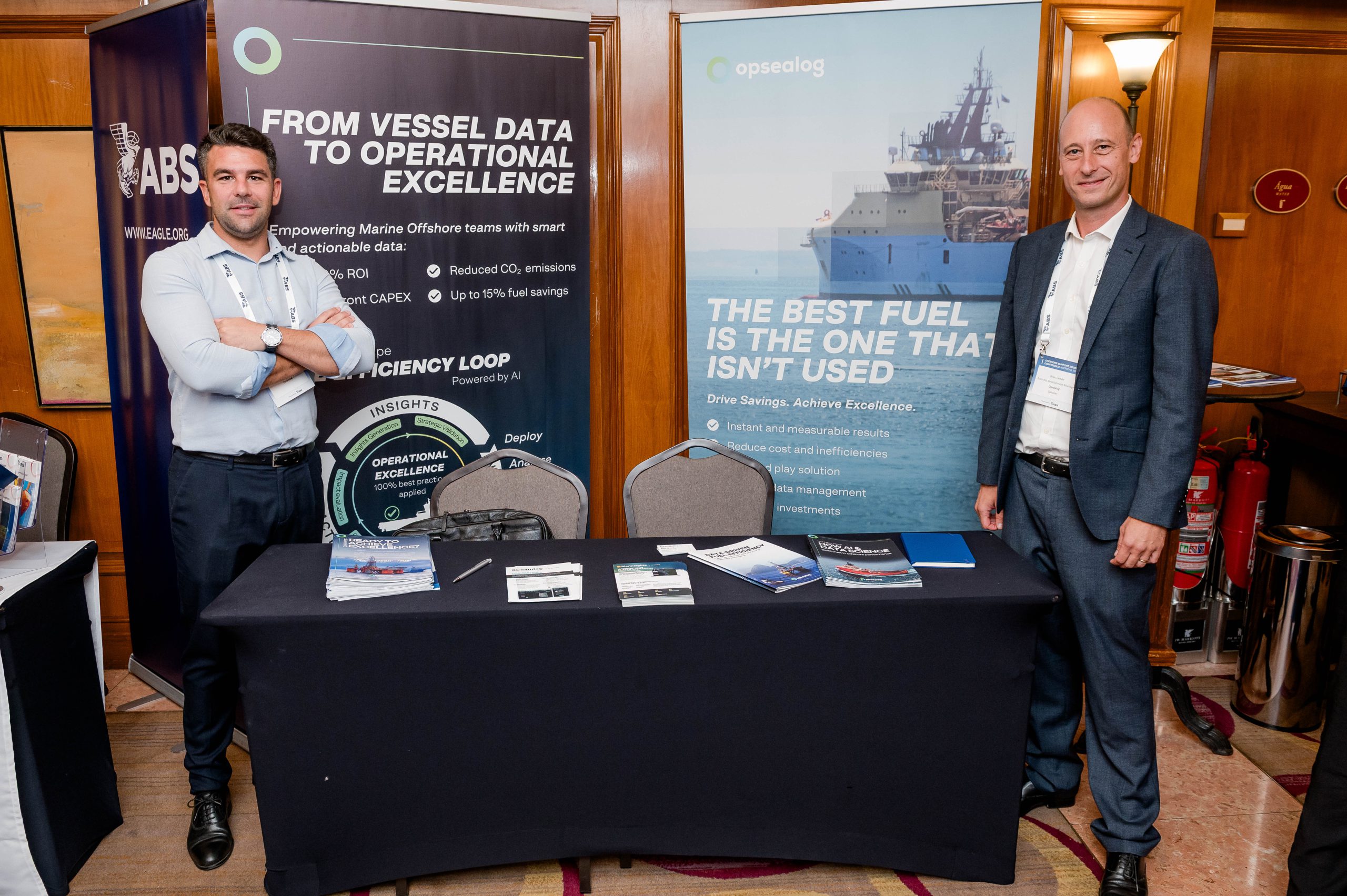OSJ Americas 2025 marked a milestone in Rio’s offshore calendar — and the conversations around performance and digitalization were concrete. From Petrobras’ scale to ageing fleets and deepwater realities, the message was clear: the next cycle is about turning reliable data into everyday operational decisions. Below are five signals from the event and three moves OSV owners can deploy now to capture results.
5 signals we heard in Rio
- Brazil is the rising star: outlook strong for 5–10 years; OSV demand likely to rise.
- Petrobras’ scale and standards: ~175 OSVs chartered today; Brazilian flag required; ~74 newbuilds expected in 3 years; ~300 OSVs already operate in Brazilian waters.
- Ageing fleets: average >15 years; owners weigh life‑extension vs. newbuild programs.
- Operational context is demanding: deep/ultra‑deep water and Atlantic currents shape day‑to‑day decisions.
- Digitalization appetite, uneven maturity: interest in sensors/automated data is up, yet many still rely on Excel; leaders like OceanPact illustrate the “what good looks like” benchmark.
Turning signals into action: 3 practical moves
- Start with clean, contextual data. Put a reporting backbone in place (vessel daily reports + available sensors), validate quality, and enrich with operational context. It’s the fastest route to measurable wins without CAPEX.
- Target fuel and ERH where it matters. Use phase‑based best practices (port, transit, standby) to reduce fuel and engine running hours — improving availability and lowering maintenance exposure.
- Close the loop with crews. Convert insights into simple instructions and track adoption; regular reviews with shore + vessel teams drive continuous improvement — not just dashboards.
“More tech doesn’t automatically mean more performance — actionable, reliable data does.” – Briac Lemee
If you operate in Brazil or plan to, now is the time to hard‑wire operational excellence into daily routines.
Let’s discuss a no‑CAPEX path to results on your fleet.

